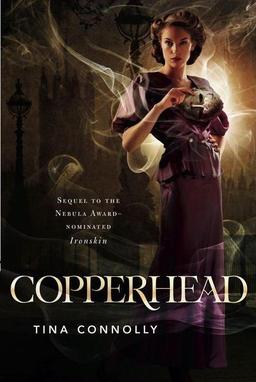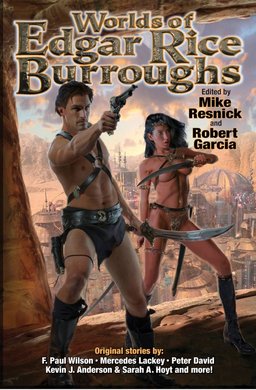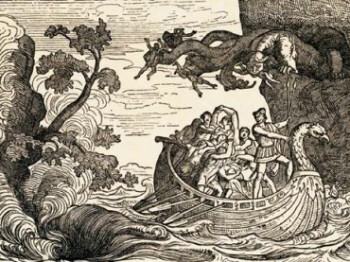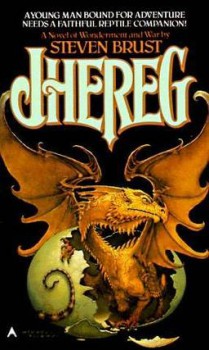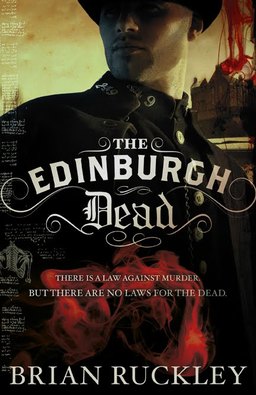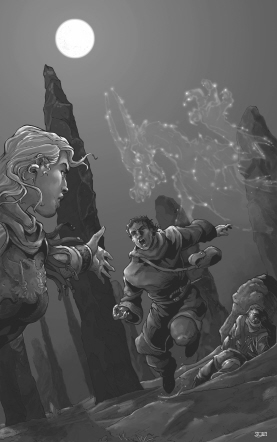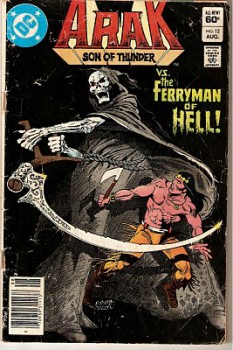Vintage Treasures: The Coming of the Rats by George H. Smith
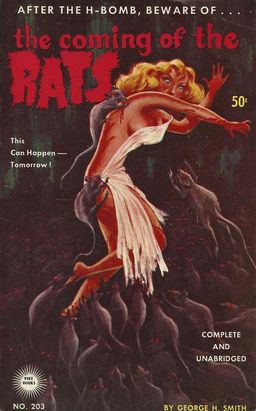 A lot of post-apocalyptic novels and films appeared in the 50s and 60s. World War II was still a recent memory, and the threat of the H-Bomb was very real, even if most folks didn’t understand exactly what the “H” stood for. Publishers and filmmakers played on the very real terrors people faced every day. Fear of another war. Fear of atomic radiation.
A lot of post-apocalyptic novels and films appeared in the 50s and 60s. World War II was still a recent memory, and the threat of the H-Bomb was very real, even if most folks didn’t understand exactly what the “H” stood for. Publishers and filmmakers played on the very real terrors people faced every day. Fear of another war. Fear of atomic radiation.
And, going by the cover of George H. Smith’s The Coming of the Rats, the deep-seated fear that rats would attack our women and strip their clothes off.
Now, I’m not sure how our parents and grandparent dealt with these crippling fears, but from what I understand their coping mechanism involved a lot of cheap paperbacks, and multiple Saturday matinees (which seems like a stable strategy, when you think about it).
This is how that generation learned the facts about atomic radiation. And how the logical result would be mutants, and lots of ’em. Giant mutant ants. Mutant town-eating blobs. And horrible, women-chewing mutant rats.
Which brings us to The Coming of the Rats, and its hallowed place in the post-apocalyptic fiction canon.
Author George H. Smith (not to be confused with George O. Smith, author of Venus Equilateral and Troubled Star, or the George H. Smith who wrote Swamp Lust, Swamp Bred, and other swamp love classics) had a checkered career as a paperback writer in the 60s. His first publication was a short story in Startling Stories in 1953, and he sold a number of stories to SF magazines throughout the fifties before graduating to novels. He’s mostly remembered today for a line of soft-core erotica written under various pseudonyms.
His first attempt at more serious SF was The Coming of the Rats. But nobody told the cover artist, who cheerfully went the soft-core route, depicting a toga-party victim unsuccessfully fending off high-jumping rats.
Of course, the best covers intrigue readers and make them ask questions, and this cover made me ask questions. Chiefly, “Why are you wearing a dish towel?”
